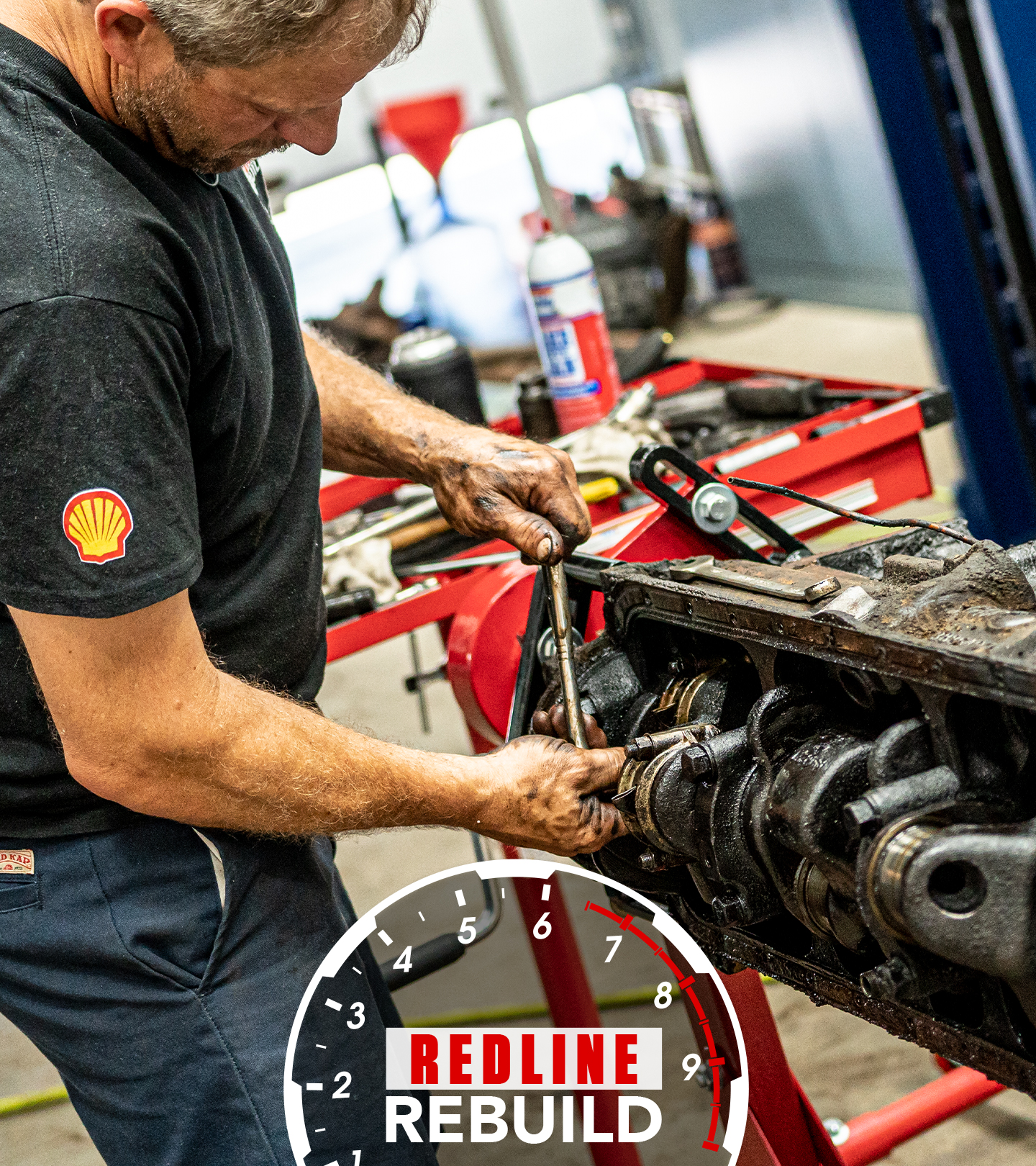Is a Holley Sniper EFI system really better than a classic carburetor? - Hagerty Media
Davin is a man all about making things better, whether that is a neglected engine sitting in a field or a hot-rodded straight-eight. The goal is always to get cars running tip-top, all fueled by elbow grease. In his work he’s heard a lot of myths and automotive urban legends, one of which is that a traditional carburetor is better than more advanced electronic fuel injection. So, of course, he decided to put the two systems to the test.
The battleground for this particular experiment is the Redline Rebuild Ford 289. It’s a mild build, with an upgraded camshaft, intake manifold, headers, and some mild porting in the cylinder heads. In other words, it is a good example of a rebuilt street engine—something that could be found in most Ford-powered street rods. That makes it a great subject to test fuel injection versus a carburetor (in this case a four-barrel).
“I have converted one of my personal cars over to a fuel-injection setup similar to this one, and really like it. That is a tuned-up big-block though, and I am curious as to how a mellower small-block like this one might perform,” Davin explains.
For it to be a fair test, precise measurement is essential. Davin yanks the small-block off the test stand and hauls it to Apex Competition Engines in Fenwick, Michigan, bolting it up to the dynamometer. With the Holley single-pump carburetor, the 289 puts out 282 horsepower and 313 lb-ft of torque. Not a bad starting point.
So the Holley carb set atop of the engine is a good match for the upgrades Davin added during our Redline Rebuild, but why leave well enough alone? The Holley Sniper EFI kit Davin installs in place of the carburetor requires the addition of only minimal wiring. A coolant temp and O2 sensor need to be added and tied to the controller for everything to work, but all of the computer componentry and hardware is actually contained inside the throttle body, which makes for a neat and tidy package that still fits under a factory air cleaner.
One thing Davin points out, however, is that a dual-plane manifold like the aluminum Edelbrock piece the 289 uses necessitates the use of a spacer or cutting down the separator in the plenum. If left alone, that separator in the plenum will cause nothing but trouble for the EFI, which does not require the same kind of intake vacuum signal that the carburetor does.
With all the injection bits installed, the engine once again leaves the test stand and makes its way to the dyno. Wearing the 21st-century self-tuning kit, the engine puts down 295 horsepower and 329 pound-feet of torque, making for a gain of 13 horsepower and 16 lb-ft.
Power is only one thing to consider in this situation though, as Davin points out in the end of the video.
“The power pickup is about what I expected, but how easily it starts and how smoothly it runs is the big benefit for me,” he explains. “The thing seems to only spin half a revolution and it’s up and running. That is really nice.”
The EFI provides consistent performance, easier starting, and greater fuel efficiency. Honestly, the carburetor is fighting an uphill battle. Carburetors will still have their place in the hearts of the mechanical-minded who link to tinker and adjust, but if you are in the search for a reliable and efficient package under the hood of your car, an EFI setup might be the more fitting choice.










